Prototype your yoga path practice
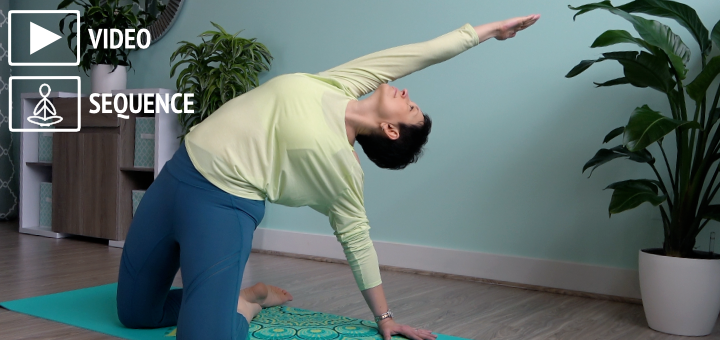
Whenever a new acquaintance learns that I am a yoga teacher, the next question they usually ask is: Where do you teach? It is widely assumed that a yoga teacher would offer group yoga classes in some traditional locations. It’s understandable since this is the teaching path most traveled. There are many other ways of teaching yoga, but how would you know whether or not you would like to teach private yoga sessions, workshops, or retreats if you have never tried it?
One way to get more clarity on whether or not one of those options has potential for you is to prototype it. Bill Burnett and Dave Evans, in their book Designing Your Life: How to Build a Well-lived, Joyful Life, write: “Prototypes help you visualize alternatives in a very experiential way. That allows you to imagine your future as if you are already living it.” How about prototyping your yoga teaching path?
In this yoga practice, we use movement, breathing, reflection, and mudras to envision three different versions of your work life for the next five years. You can be as elaborate or as brief in your imagery as you like, but it works best if you truly imagine what your life will look and feel like day-to-day in each of those scenarios. Pay particular attention to your reaction to each one of those versions, you might get some interesting insights from that.
Please give it a try and let me know what you discover!
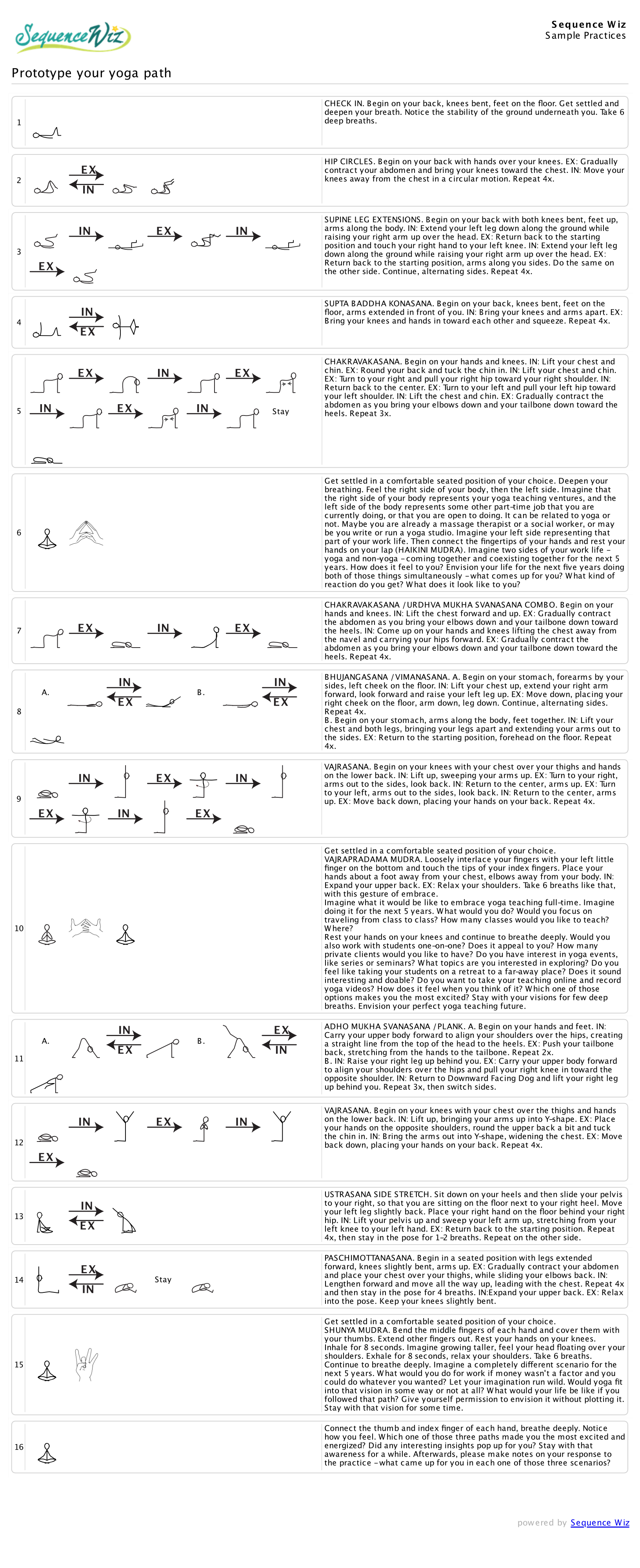

We can use yogic tools to focus our attention, build mental strength, cultivate emotional resilience, and gain clarity in our thinking.


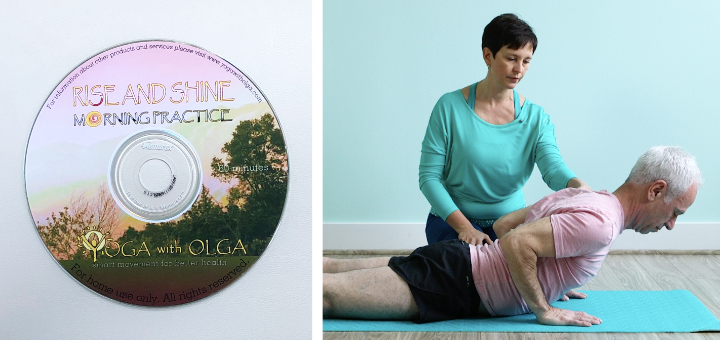
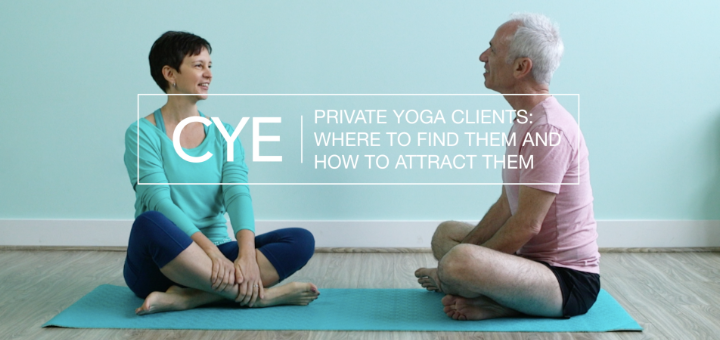
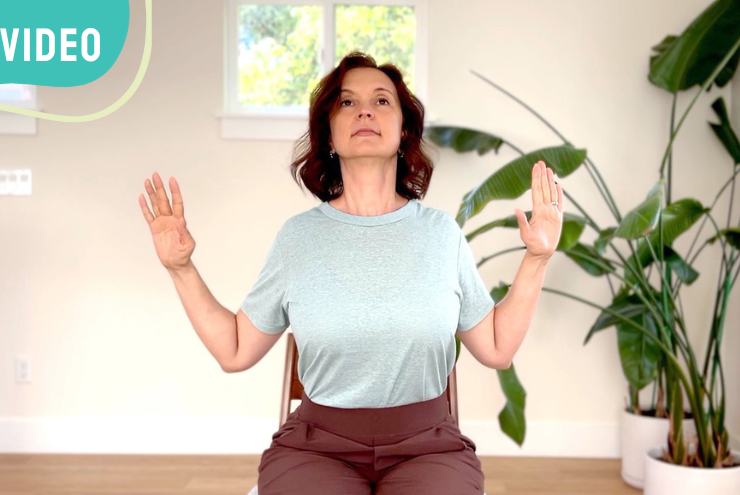
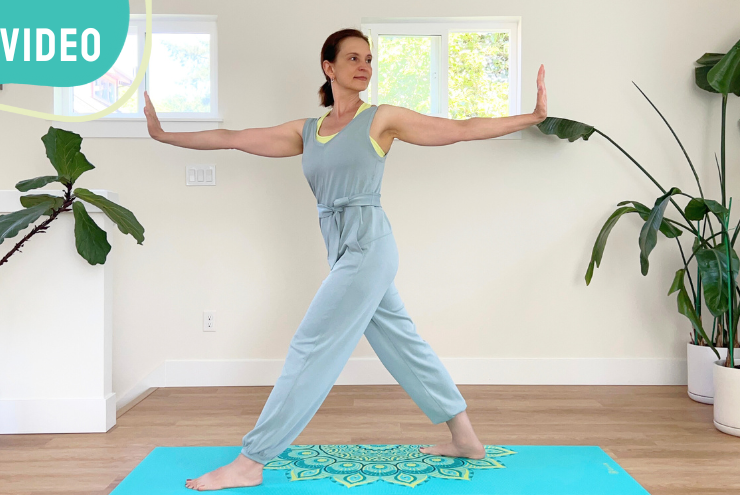
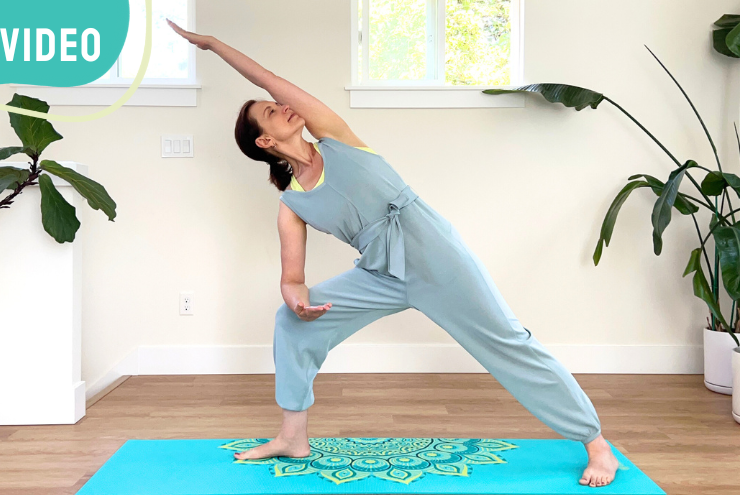



I left your posts. It was recommended by my yoga teacher and each time I read there is something new I learn.
Thank you
Thank you Elvia, that’s lovely to hear.
This was an amazing practice! Thank you for walking me through the process.
Great to hear that Nina! Hope you got some interesting insights 🙂
Absolutely Fabulous Olga! I enjoy what I call the “playpen” asanas the most. I feel connected to the ground, centered and strong. I like to sneak a few breathing exercises when transitioning. It is restorative an centering, but it gives the student a chance to teach by asking questions.